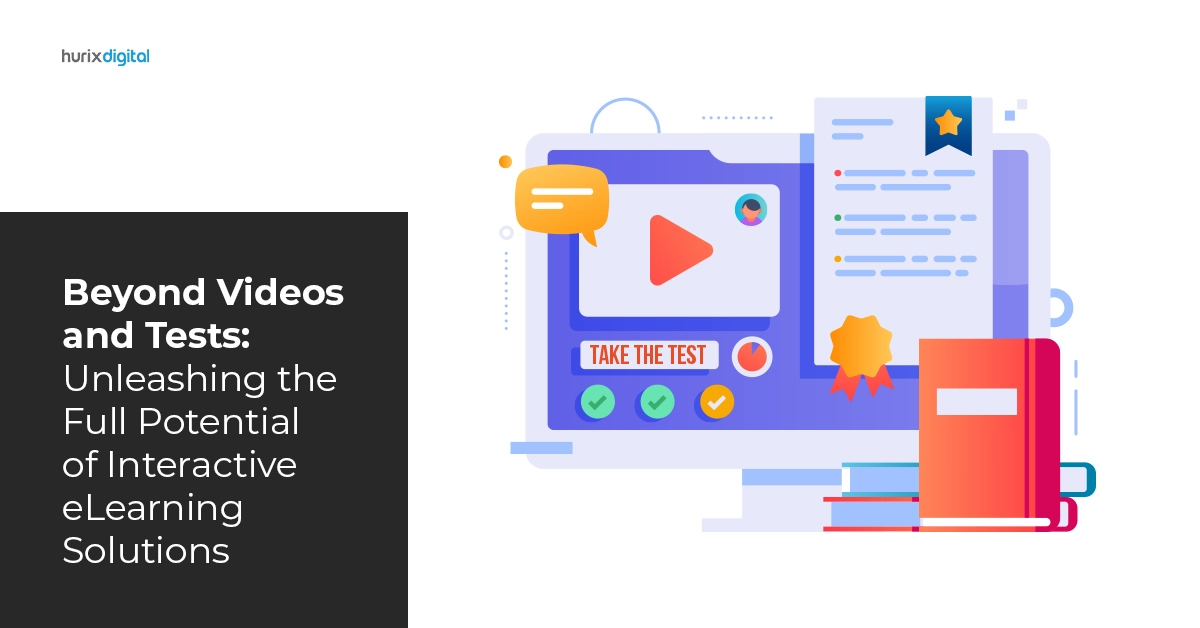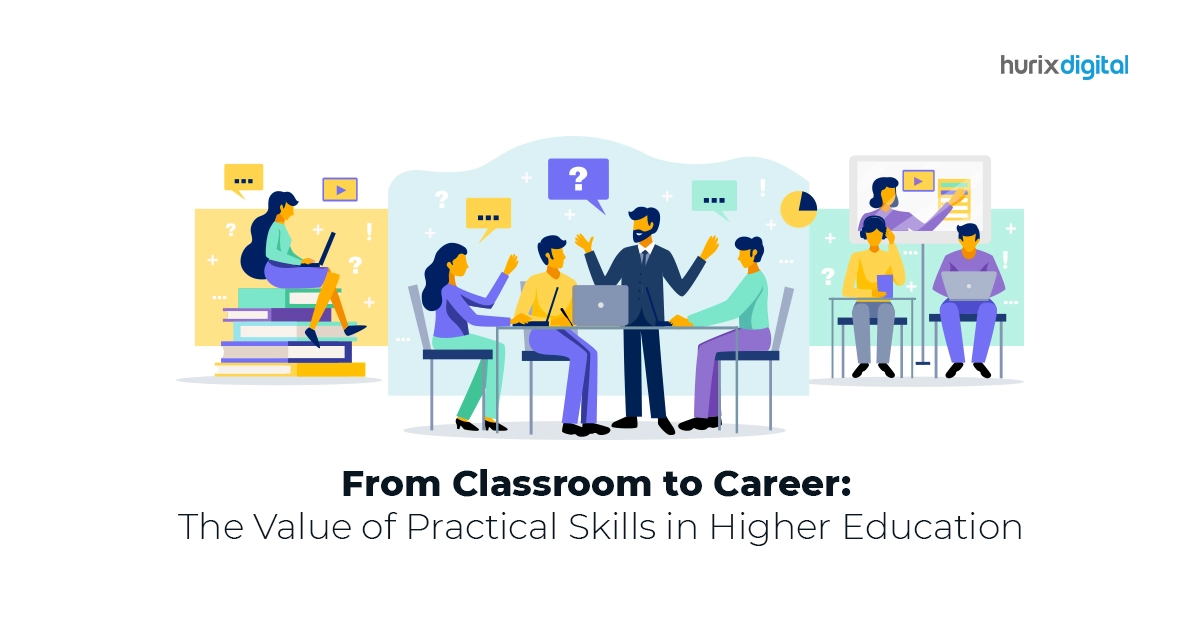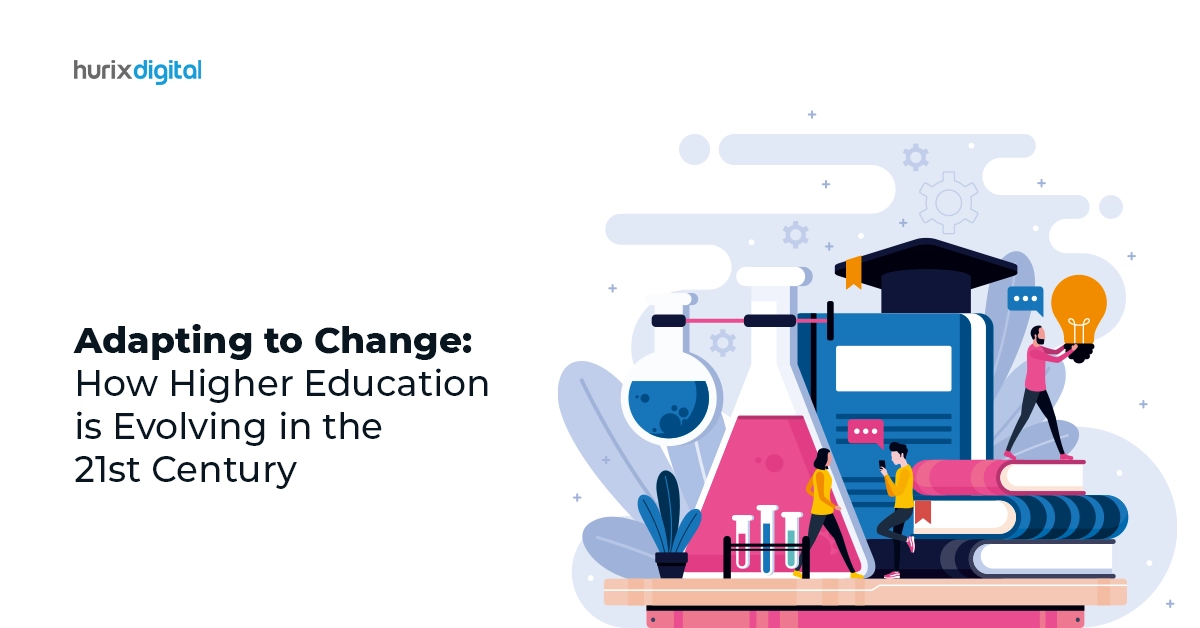The higher education community is at an inflection point today with technology, cost inflation, and social change being three main elements posing challenges to students. This lays the emphasis on the urgent need for partnerships between higher education institutions and education services companies to bring innovation into the higher education system.
If we look at the statistics, the trend of increased funding towards ed-tech companies also reflects a similar story. In the year 2018 alone, the ed-tech companies raised $1.45 billion, which remains one of the highest levels of investment in the past decade.
How does this partnership benefit higher education institutions?
One of the reasons behind the success of this partnership is the increased willingness of higher education institutions to find external or third-party partners to help them with some of their most pressing issues.
Leveraging their expertise allows colleges and universities to follow an issue-based approach, especially in areas such as technological transformation, operational efficiency, student experience, and organizational leadership.
The main aim of the companies in the educational services sector is to –
- Redefine education with a dedicated focus on understanding the present and future barriers to education
- Come up with innovative solutions, such as online self-assessment platforms, integrated ed-tech solutions, content management, curriculum creation, digital libraries, and other mobile learning solutions.
Put simply, the firms in this sector utilize training and learning opportunities to drive engagement and usage, leading to an enhanced learner adoption of a particular product or service.
Related Read: How Can Institutions Improve their Higher Education Course Enrolment
6 reasons why the higher education institutions need an education services company
Higher education institutions today are availing services of external resources to replace obsolete teaching/learning practices and technologies on campus with the latest innovations.
Here we are discussing the top benefits that an education services company can offer to the higher education institutions –
1. eLearning
As per a report by Global Market Insights, the eLearning market- estimated to be worth $150 billion in 2016 – is slated to grow at a rate of over 5 percent annually from 2017 to 2024.
eLearning, which is a dynamic way of imparting education through the internet or an internal network, is the new normal that characterizes the 21st-century education system.
It has, in fact, become an integral part of the education, comprising of an extensive array of components, delivery methods, and digitalization approaches. The rapid rise in the use of technology for an educational purpose has further caused eLearning practices to evolve significantly.
The digital education platform offered by a third-party service provider assimilates partner capabilities and pedagogically aligned education solutions to seamlessly connect learning spaces, thus creating secure virtual classrooms and simplifying IT management for institutions.
Also Read: eLearning Localization – The Next Big Trend in Employee Training
2. Improve Digital Literacy
Digital literacy is defined as the students’ ability to use information and technologies to find, create, evaluate, and communicate in a more effective manner.
By incorporating technology into the classrooms, instructors put the power of learning directly into the student’s hands. Using technology effectively, students enjoy tons of options to explore, such as game-based learning apps, role-plays, simulations, etc. to help them learn valuable skills effortlessly.
Digital literacy is, therefore, a must-have skill for higher ed students to better prepare them for more opportunities to succeed in the future.
Related Read: Online Learning Courses – The New Reality for Institutions and Students
3. Blended Learning
Blended learning (a combination of online and face-to-face pedagogy) is a rapidly growing mode of instruction as more and more colleges/universities strive for alternative pathways to educational delivery, course enrollment, and student retention.
Educators are constantly looking for ways to personalize learning for students. Technology allows them to redefine education with access to real-time student data, content, apps, and much more.
Technology can also help educators create blended learning environments and leverage various digital tools for formative and summative assessments, bringing innovative models for learning and teaching to classrooms.
This kind of education industry partnerships for the blended learning approach is an effective way for higher ed institutions to ensure that their students are gaining practical experience while working with cutting-edge technologies.
Also Read: How to Deliver Blended Learning Courses Effectively
4. Tracking Progress
The advent of big data and analytics techniques gives instructors access to more specific and extensive insights into the progress and achievements of individual students.
By leveraging technology and specific tech solutions, instructors can identify the student progress as well as understand learning patterns better to be able to make more data-driven teaching decisions.
Further, it allows instructors to offer customized lesson plans to each students’ specific interests and needs, allowing them to take ownership of their own learning.
5. Advocates Flexible Learning
Traditional education methods have seen the instructor make all decisions regarding curriculum and content delivery. This approach often pushes higher education students to take a passive role in their education.
Related Read: 6 Reasons Why E-Learning is Replacing Traditional Higher Education Courses
On the other hand, the learner-centric courses and products designed by an education services company encourage learners to take an active part in designing and executing their own educational path.
The flexibility offered by these products further allows students to learn at a place, time, and pace of their choice. This method of learning goes hand-in-hand with blended learning, as both models give the student complete control and responsibility for their learning.
6. Helps to Ensure Better Participation
There are a number of digital tools, such as online polling, that can help enhance engagement and participation in the classroom.
Leveraging the online engagement tools, instructors can regularly check in with students for feedback on assignments and course materials. Further, data analytics and other predictive analysis techniques could be used to help identify areas where learners need help so that instructors can adjust the coursework accordingly.
To Wrap
Having a qualified educational partner for technology-driven solutions translates to ensuring a level of education that your learners need to advance their skill sets. It also gives you the opportunity to demonstrate your willingness to learn and career development of students, which can, in turn, motivate them to give their best and grow with you.
A successful partnership, however, requires institutions to focus on the implementation of good business practices, while the service providers must realize the fact that student outcomes and efficiency come before their short-term profits.
The idea of using technology and other solutions in education is to create a flexible and thriving learning environment that can open doors to new discoveries, experiences, and innovative ways of learning and collaborating.
Related Read:
- Learning in Times of COVID-19 – How to Develop Online Learning Material
- Digital Solutions for Universities and Higher Education Institutions
- 9 Reasons for the Growth of eLearning in Education
- Why Should Colleges and Universities Develop eLearning Programs?
- How Can Institutions Improve their Higher Education Course Enrolment
- Best eLearning Solutions for Digital Natives
- How to Create and Deliver the Best K-12 Learning Solutions











